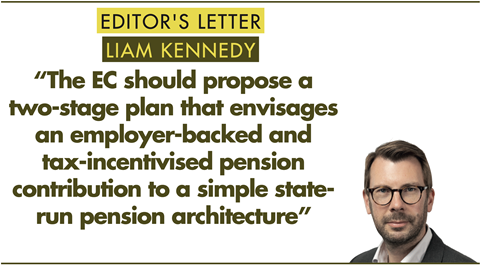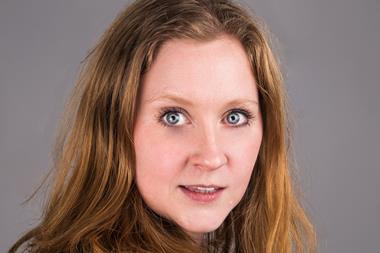Europe sure does not have a savings problem – EU household savings amounted to €1.4trn in 2022 versus €840bn in the US. What Europe does have, though, is a glut of bank savings capital that serves as a double bind.

First, this glut makes Europeans poorer than their US counterparts over time because savers fail to compound returns as efficiently as Americans do by investing in growth asset classes. From 2009 to 2023, US household wealth increased by 151%, compared to 55% in the EU.
Second, it starves companies of capital that can also add depth and liquidity to domestic markets.
Three reports have focused on different aspects of Europe’s innovation, investment and capital markets and their shortcomings: the Noyer report, which earlier this year called for a savings and investment union; the Letta report on the single market; and the more recent Draghi report on European competitiveness.
In the past, commentators excused Europe’s investment and productivity gap with the US by pointing to the continent’s high levels of social welfare and low levels of inequality.
But now, in addition to an ageing workforce, the EU will be losing 2m workers per year by 2040. Draghi points out that the energy transition and national defence will need investments amounting to around 5-6% of GDP.
If this investment need is not met, and if Europe fails to meet its economic potential, “we will have to scale back some, if not all, of our ambitions”, according to Draghi. Pensions and social welfare, a central plank of the European social model, are in jeopardy.
Europe’s ageing population and shrinking birthrate highlight the problem. Pensions policy features across the three seminal reports – in measures to deploy more pensions capital, to deploy it better and to create more pension wealth in the future.
It is nearly 15 years since the European Commission’s green paper ‘Towards adequate, sustainable and safe European pension systems’. Since then, France may have made progress in bringing its second pillar to life but Germany’s policy to create DC-type plans has largely failed. Elsewhere, progress has mostly been glacial.
PEPP has also been virtually dead on arrival and is far from the European 401(k) that some envisioned.
EIOPA chair Petra Hielkema has articulated the need to close the pensions gap – the difference between expected pension income and that which is likely. The next Commission should focus on the path of least resistance.
We know that European governments face an unappetising set of choices when it comes to budgetary pressures, with defence spending a greater priority. However, tax incentives are the best measure to channel retail savings into more productive long-term investment vehicles. Not acting is bound to be more costly in the long run.
Next is to expand the ambition of pensions and boost the role of employers, but rather than waiting for social partners to act, the Commission should propose a two-stage plan that envisages an employer-backed and tax-incentivised pension contribution to a simple state-run pension architecture – akin to Sweden’s AP7 – as a first step. The second step is to ratchet this up over time.
An alternative would be to create a state-backed retirement demographic fund, like Sweden’s AP funds 1-4, France’s FRR or Germany’s nascent state pension fund.
A state managed fund that outsources assets according to prudent-person principles to best-in-class asset managers is the happy medium between a decentralised, privately run pensions architecture with competing pension managers and a fully state-run system that channels money to government bonds.
Lastly, pension supervisors should bin quantitative investment restrictions that serve to prioritise ‘safe’ assets over productive ones, in favour of ‘prudent-person’ rules that allow accountable boards and trustees to channel assets where they see fit.
There is no guarantee that state actors would be better than private insurance and fund management groups. But well-governed state players can grow to become sophisticated crowders-in of external capital.
EU pension assets amount to less than a third of GDP compared to 142% in the US. A large stock of pension assets does indeed correlate with deeper and more efficient capital markets in the US.
But pension savings are no panacea: a large stock of pension assets at around 100% of GDP in the UK has not given the country a competitive advantage in comparison with its European neighbours. Efficient deployment of capital requires a healthy pension system that allows for adequate long-term contribution rates and a balance of risk across generations.
Liam Kennedy, Editor, IPE
+liam.kennedy@ipe.com








































No comments yet